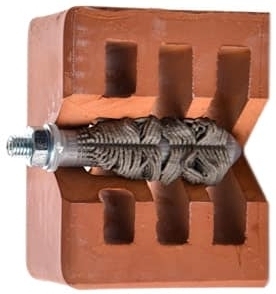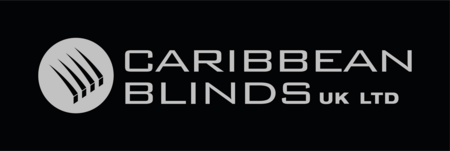The correct installation of a patio awning is as important as the quality of the patio awning itself. Containing powerful spring-loaded arms and weighing in some instances more than 100kg, a patio awning, in essence, is like a sail on the side of your property, exposed to gusts of winds and all kinds of strains and stresses.
As a patio awning extends and retracts it creates hi-torque at its load points (where the arms attach to the inside of the patio awning at the back) and subsequently this strain is put onto the fixing plate directly behind. Couple this with the additional stress created from acceptable wind levels and gusts of stronger winds and this load can be as great as over a third of a tonne which is spread across 3 – 6 fixing bolts in each bracket dependent on the patio awning model and size.
Buildings, in theory, are not designed to have patio awnings on the side of them, projecting out in some instances up to almost 4m, however, by using the correct anchoring method patio awnings can be installed safely to virtually any property.

All our patio awnings when fixing to masonry facades are installed using resin bonded anchors (threaded steel rods), which provide a stress-free anchorage which is usually stronger than the base material itself. Commonly used for the anchoring of structural steel such as columns, beams, safety barriers and railings, resin bonded anchors provide a premium anchoring solution with maximum load capabilities. Unlike bolts that grip, including rawl/sleeve/anchor, which have the potential to come loose over a period of time or cause weaker bricks/blocks to crack with the resultant effect of the awning pulling away from the wall with horrific consequences, resin bonded fixings form part of the structure they are attaching to and therefore the fixing itself will never pull away.
Not only does resin fixing take considerably longer to do than grip bolt fixings but it costs more too (hence why most companies use cheaper, faster mechanical fixings) however, it guarantees, the safest installation of a patio awning to your property.
The resin fixing process
Resin is injected into the hole drilled for the anchor (which must be thoroughly cleaned out for the resin to set). Two chemical components mix together through the vanes in the tube nozzle before it enters the hole and seeps into the pores of the base material when the anchor is then inserted. When the resin is cured, which depends on the temperature of the brick/block, they have formed a stress-free bond of the anchor (threaded steel rod) to the brick/block which they are inserted.

